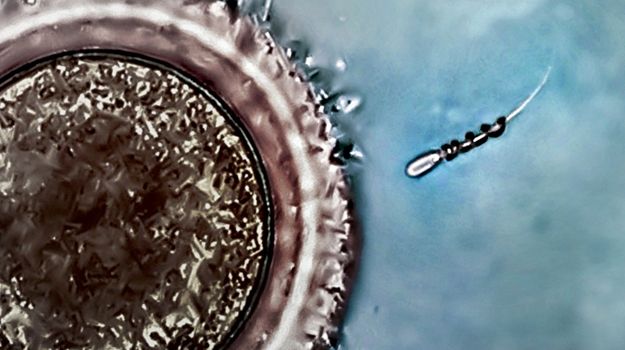Dangerous; now they’re a target.
Hackers, making good on a threat, published contact information for 20,000 FBI employees Monday afternoon, just one day after posting similar data on almost 10,000 Department of Homeland Security employees.”
Dangerous; now they’re a target.
Hackers, making good on a threat, published contact information for 20,000 FBI employees Monday afternoon, just one day after posting similar data on almost 10,000 Department of Homeland Security employees.”
If Russia, China, etc. upgrades their infrastructure to Quantum before US and it’s does; today’s breaches will not even compare to this scenario.
The push to bring more technology-related businesses to the state has officials hoping for long-term growth over places like Fairfax County, Va., where the federal government has already made substantial technological investment.
After the ceremony, an expert panel discussed some of the opportunities and challenges facing information infrastructure, the importance of collaboration between the public and private sectors, and how to increase consumers’ cybersecurity confidence.
Very nice; another article on photonic crystal.
Scientists have created a crystal structure that boosts the interaction between tiny bursts of light and individual electrons, an advance that could be a significant step toward establishing quantum networks in the future.
Here is a concept to think about when we’re 20 or 30 years into the future — imagine a world where humans and all living things in it are truly Singular, and the new AI & Humanoid robots are alive and well. Will AI (including Robots) ever need therapy, will AI ever get stressed out or have panic attacks, will any humans know what AI is thinking once we give AI more independence?
I ask these questions because as we enhance and evolve AI to be like humans and interpret and process emotions, feelings, and interact like humans; will AI expeience fully the struggles of everyday life like some humans do? And, when needs counseling or therapy will they go to another AI or will they see a human therapist?
As we evolve AI; we must look at the full longer picture around AI including how human do we really wish to make AI.
Continue reading “What does artificial intelligence see when it watches political ads?” »
Someday this could happen as well as US congress, Supreme Court, the UN, Nato, IAEA, WTO, World Bank, etc.
IBM’s AI researchers seem to favour recreational drug use, free university education and free healthcare.
Get ready.
Just when you thought you couldn’t possibly read another “2016 prediction” story comes another “2016 prediction” story.

A team of researchers from Germany have developed what could become a revolutionary treatment for male infertility — they build spermbots. The key is a tiny metal helix that attaches to individual sperm cells, allowing them to move more effectively. You can think of it like a prosthetic tail for sperm.
Male fertility issues are usually not related to having an unusually low sperm count, but to having sperm with low motility. That is, they don’t get around very well. Each sperm has a copy of half of a man’s genome in the “head” portion. The tail is actually a flagella with banks of energy-producing mitochondria to power its movement. If either the tail or power source don’t work correctly, a sperm cell will have trouble reaching and fertilizing an egg.
Awesome; this will be wonderful for these brave children of St. Jude.
The St. Jude Medical OPTIS Mobile System combines OCT, FFR and angiography to provide hospitals in Europe and Japan with multiple cath labs the technology for more accurate PCI guidance.
St. Jude Medical, Inc.
This type of VR is what I have been waiting for; your future TV shows will be through VR.
Hollywood is excited about the potential for virtual reality. But few are as enthusiastic as reality television producers, says the founder of a VR company.